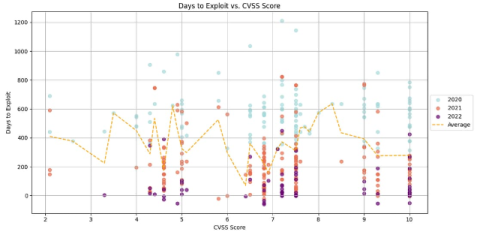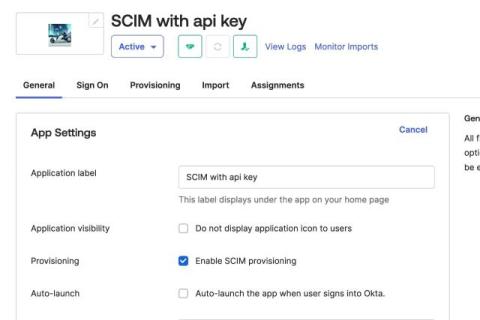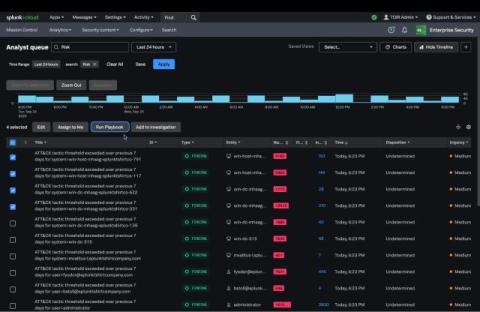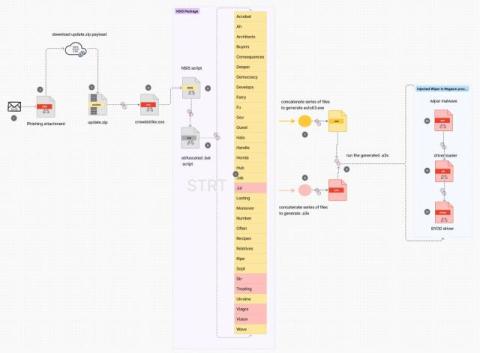My CUPS Runneth Over (with CVEs)
The Common Unix Printing System (CUPS), a standard component in nearly every Unix-like and Linux system, has recently come under scrutiny due to a series of critical vulnerabilities discovered by security researcher Simone Margaritelli. These issues, collectively known as the CUPS vulnerability, expose Linux and Unix environments to potential remote code execution and information disclosure risks.









